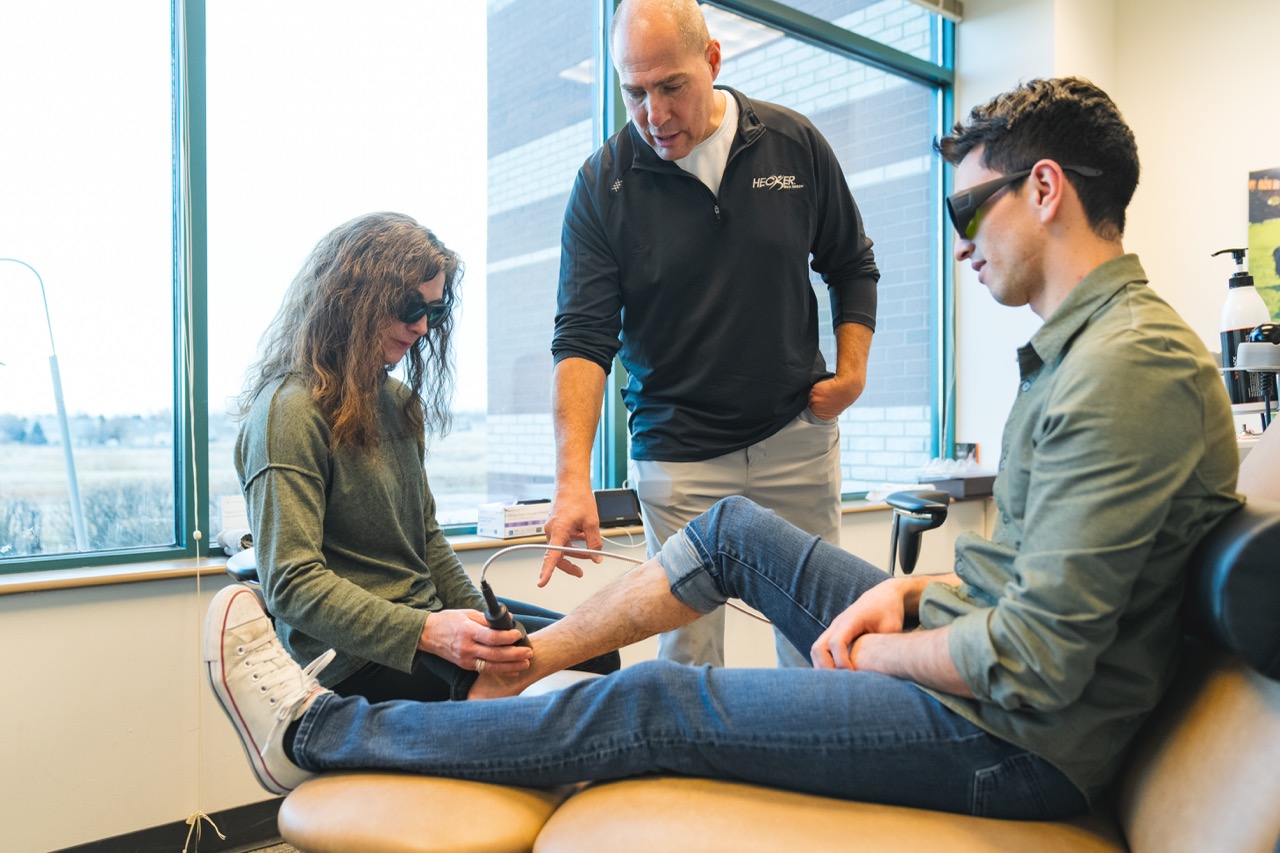What is a Scar?
A scar is a buildup of fibrous tissue where injury has occurred to skin or tissue such as ligaments, tendons, and joints.

A scar is a buildup of fibrous tissue where injury has occurred to skin or tissue such as ligaments, tendons, and joints. Scars are not uncommon, we all have some. The older we become the more scars we develop.
Why is That?
Babies and young children rarely develop scars. The difference is as we age, our body cannot produce as effective healing as when we were younger. When we are young our cells are working at a much higher, much better capacity and can produce better recovery from injury, resulting in little to no scars. As we age, our body and cells are not working as efficiently so we recover less effectively, and we scar.
Are Scars Good?
They are better than poor healing, but they are not better than our normal or natural tissue. Well, how do we avoid scars? You might ask. Should we avoid getting hurt, perhaps? The truth is, injury is unavoidable. Most injuries are not actual injuries, like twisting your ankle or being hurt playing sports. Most injuries are degeneration of our tissue or overuse. We daily create overuse or abnormal load to our tissue, tendons, ligaments, and joints. This overuse then causes a slow degeneration of the tissue that weakens it to a point of failure. Overuse is a chronic load and an inappropriate recovery time. Our body needs rest to allow the right time to recover, and we rarely provide that time. This leads to overload without the appropriate rest, which, in turn, leads to degeneration.
For most of us, we either cannot stop, or we don’t desire to stop the process of overload. Therefore, we have a high incidence of musculoskeletal injury. What are our options? Is it rest? Who has time to rest? If we don’t allow proper rest, we can injure and tear ligaments, tendons, muscles, joints and may need surgery to fix the damage, which forces rest and produces great scarring.
What Are The Options? Regenerative Medicine
Tissue regeneration (as opposed to tissue repair) is a phenomenon that has been investigated over the last five decades. This method offers the potential to replace damaged tissue rather than mend it with scar tissue. This is an inherently attractive proposition in that a regenerated tissue would have characteristics more akin to the original tissue prior to damage or disease. Scar tissue can bring about an effective structural repair, but the characteristics (and thus, function) of scar tissue is not the same as the muscle, ligament, or cartilage that it replaces (Tom Watson, Ph.D.)
This is Hecker Sports and Regenerative Medicine. Nonsurgical specialists that specialize in the science of recovery, to replace damaged tissue with healthy tissue, not scars.
Hecker Sports and Regenerative Medicine, Strength… Renewed.









